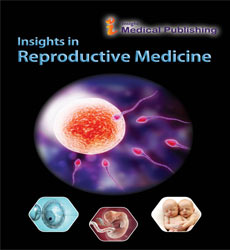Improving Copper T 380A by controlling copper ion release
HLL LifecareLtd, INDIA
Abstract
Copper Intra uterine devices represent an important contraceptive option for nearly 160 million women worldwide. The main attraction of copper Intra Uterine Device (IUD) is that it is comparatively less expensive and highly effective (99%) over other long term methods of contraception. Major side effect related to a copper bearing IUD is increased menstrual bleeding, cramping and abdominal pain following the insertion. Rates of removal of copper IUD because of bleeding and pain ranges from 1 to 17 per 100 women. Research results showed that this is due to the high corrosive rate of copper during the first few months of insertion.
The present study reports the modification of an existing Intra Uterine Device (IUD) with a FDA approved polymer, poly lactic acid and poly(lactic/glycolic) acid (PLGA)to control the release of active ingredient. The side effects associated with theuncontrolled release of the active ingredient is controlled effectively by providing a safecoating of PLGA over the device which in turn increase the acceptance of thedevice.
A phase II, randomized, single blinded clinical trial is in progress in 200 women subjects across 10 different sites in India. Initial results are very encouraging and promising. The percentage change in Pictorial Blood Assessment Chart from baseline was found to be significantly decreased with the new device when compares with the reference device.
Note: This work is partly presented at the Event on International Conference Gynecology, Obstetrics & Reproductive Health, Aug 23-24, 2018 held at Amsterdam, Netherlands
Open Access Journals
- Aquaculture & Veterinary Science
- Chemistry & Chemical Sciences
- Clinical Sciences
- Engineering
- General Science
- Genetics & Molecular Biology
- Health Care & Nursing
- Immunology & Microbiology
- Materials Science
- Mathematics & Physics
- Medical Sciences
- Neurology & Psychiatry
- Oncology & Cancer Science
- Pharmaceutical Sciences
